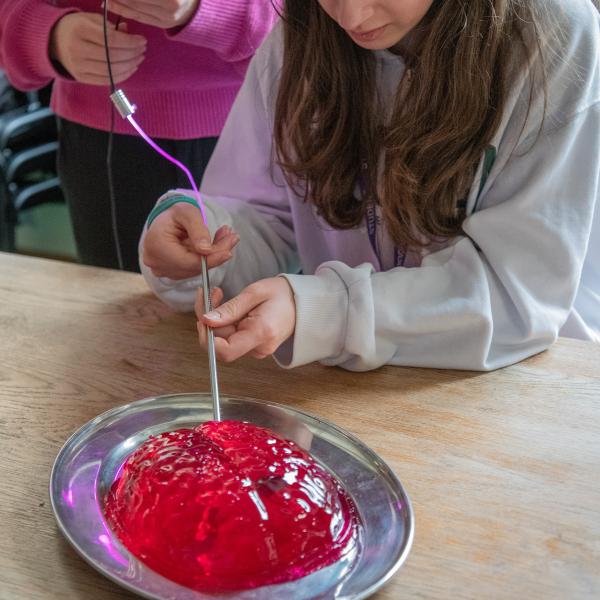Memory reactivation during rest forms shortcuts in a cognitive map.
The human brain can represent a “mental map” of the relationships between people, events or experiences. When the brain adds “short-cuts” between items in the map we can make more efficient decisions. This study used a technique called Targeted Memory Reactivation to promote memory reactivation in the human brain during rest. We found that short-cuts were constructed in the mental map during rest, which aided efficient decision-making. However, after building a short-cut in the mental map, people were less able to flexibly update their map in response to rapid, environmental changes.
Efficient and flexible cognition relies upon cognitive maps- representations of concepts and the relations between them. Cognitive maps integrate relations that were learned separately into a cohesive whole. Memory reactivation during rest and sleep may contribute to cognitive map formation in two ways: by simply strengthening memories for directly experienced relations, or by reorganising concepts and creating new relations that capture the underlying structure. We designed a multi-stage learning task to test whether reactivation during rest is involved in restructuring memories as opposed to simply consolidating what was experienced. We causally manipulated memory reactivation during rest using awake, contextual targeted memory reactivation. We found that promoting memory reactivation during rest qualitatively reorganises the cognitive map by forming 'shortcuts' between events which have not been experienced together. These shortcuts in memory extend beyond direct experience to facilitate our ability to make novel inferences. Using a series of control tests we show that inference performance cannot be explained by quantitative strengthening of the experienced component links. Interestingly, we show that representing a shortcut may come with limitations, as shortcuts cannot be readily updated in response to rapid changes in the environment. Together, these findings reveal how memories are reorganised during awake rest to construct a cognitive map of our environment, while highlighting the constraints set by a trade-off between efficient and flexible behaviour.

2025. Sci Rep, 15(1):24724.
2024. Sci Rep, 14(1):30097.
2024. Neuron, 112(22):3768-3781.e8.

A visiting school pupil tries their hand at implanting a dummy stimulation electrode in a jelly brain!